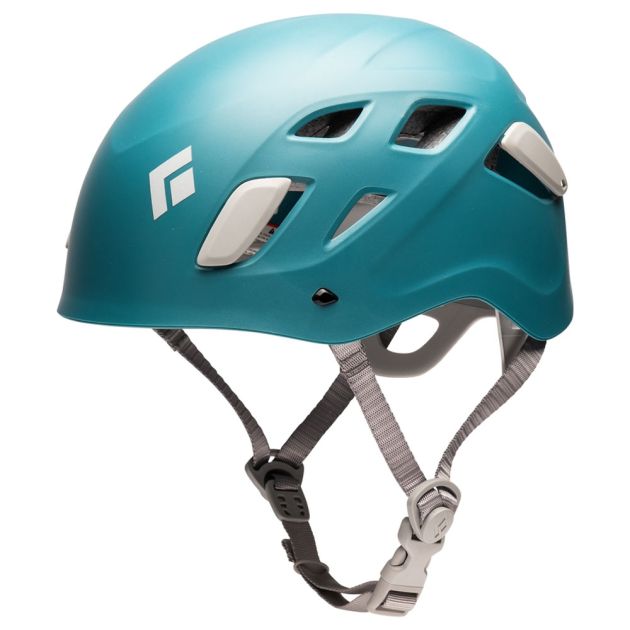
A Comprehensive Guide to Climbing Helmets: Differences, Sizing, and Proper Wear
Climbing helmets are essential safety gear for any climber, protecting against falling rocks, impacts, and other hazards. However, choosing the right helmet and ensuring proper fit are critical for optimal safety. This guide aims to provide an in-depth understanding of climbing helmets, their variations, and guidelines for sizing and wearing them appropriately.
1. Understanding the Types of Climbing Helmets Climbing helmets can be broadly categorized into three types: hardshell, hybrid, and foam. Each type offers unique features and protection levels.
Hardshell Helmets:
- Rigid outer shell for impact resistance.
- Suitable for some climbing, light mountaineering, and working at height.
- Durable and effective against falling objects.
Hybrid Helmets:
- Combines a hardshell outer layer with an inner foam layer.
- Offers better impact absorption than hardshell helmets.
- Designed for all climbing disciplines.
Foam Helmets:
- Constructed entirely of foam materials.
- Lightweight and designed for activities like sport and multi-pitch climbing.
- Provides excellent impact absorption, but reduced durability.
2. Sizing Climbing Helmets Proper sizing is crucial for a climbing helmet to effectively protect your head. Follow these steps to find the right fit:
Measure Your Head:
- Use a flexible tape measure to measure the circumference of your head, just above the eyebrows.
Consult the Manufacturer's Sizing Chart:
- Each helmet manufacturer provides a sizing chart, which correlates head circumference to helmet size.
- Ensure your measurement falls within the range specified for the size you're considering.
Try on Multiple Helmets:
- Different brands and models have varying shapes and sizes.
- Try on several helmets within your size range to find the one that fits your head shape comfortably.
Check the Fit:
- The helmet should sit level on your head, with the front edge above your eyebrows.
- It should provide even pressure all around without any painful pressure points.
- Ensure the helmet's retention system (usually a dial or straps) can be adjusted to achieve a snug fit.
3. Proper Helmet Wear and Care Wearing and maintaining your climbing helmet correctly is vital for your safety:
Helmet Positioning:
- Place the helmet squarely on your head, ensuring it covers the top, sides, and back of your head.
- The helmet's chinstrap should be snug but not overly tight, securing the helmet in place.
Helmet Stability:
- Shake your head gently after fastening the chinstrap to check for any excessive movement.
- If the helmet wobbles or feels loose, adjust the chinstrap or internal fit system accordingly.
Proper Ventilation:
- Climbing helmets often have ventilation holes to keep you cool during strenuous activities.
- Ensure these vents are not obstructed by hair, hats, or other objects.
Inspection and Maintenance:
- Regularly inspect your helmet for cracks, dents, or any damage that may compromise its integrity.
- Follow the manufacturer's instructions for cleaning and maintenance.
- Avoid exposing the helmet to extreme temperatures, chemicals, or sunlight, as these can degrade its materials.
Helmet Replacement:
- Replace your climbing helmet if it has endured a severe impact or shows signs of deterioration.
- Manufacturers often recommend replacing helmets every few years, even without visible damage, due to material degradation over time.
In conclusion, choosing the right climbing helmet and wearing it correctly are paramount for your safety while scaling cliffs, rocks or canyons. Understand the differences between hardshell, hybrid, and foam helmets, and select one appropriate for your climbing style. By properly sizing your helmet and following guidelines for wear and care, you can ensure it provides adequate protection. Remember, a well-fitted and well-maintained climbing helmet can be a literal lifesaver during your adventurous pursuits. Stay safe and enjoy your climbing experiences to the fullest!








